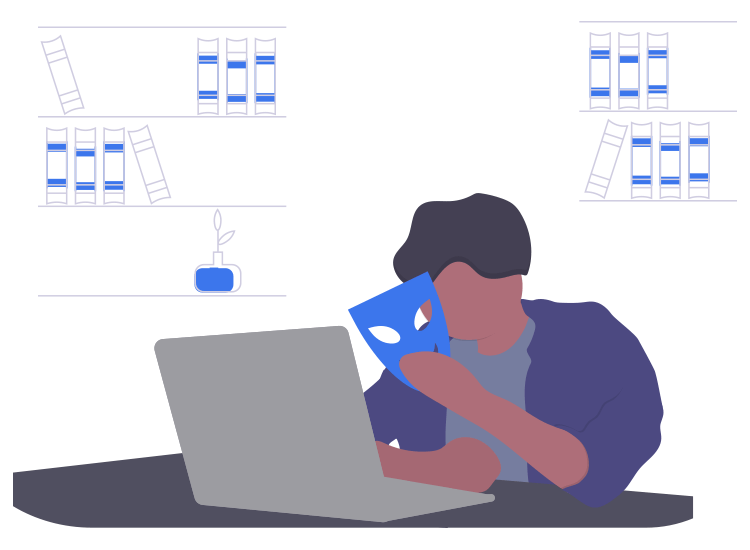
An Insider Threat takes place when someone from within the organization or close to it uses its sensitive information in a wrong manner. The person exploiting the information can either be a former employee, board member, business partner, a current employee who has access to confidential organization information.
As per the latest facts and figures published by security experts at Verizon Data Breach Investigations Report in 2019 around 39% or data breaches are related to Insider Threat.
Anyone who has access to the organization’s confidential information and secured networks can be a possible cause of Insider threat.
Common Signs of Insider Threat
The common signs of Insider threat can be divided into two categories: behavioral and digital.
Behavioral Signs
- The insider may sit for long in the office during off-hours and will try to bypass the security walls.
- He makes attempts to violate organizational policies.
Digital Signs
- Unauthorized use of portable devices and sending emails outside the organization.
- Repeated requests to access data out of their job function.
- Downloading and accessing organizational information which falls beyond their job responsibilities along with data hoarding.
Behavioral and digital indicators can help in detecting upcoming threats. Apart from this they also help in analyzing any suspicious activities and behavioral changes that are outside the normal course of action.
Popular Examples of Insider Threats
Out of millions of digital breaches, there are few that grabbed our attention. Here are some of the most popular Insider Threats that have taken place in the past few decades.
- Facebook: A security engineer was found exploiting his rights to stalk a woman.
- Tesla: In one of the incidents, an insider from the Tesla working force was found sharing the company’s data with third-party companies.
- Suntrust Bank: A massive amount of customer data including their account information, personal details were sold to criminal agencies by an insider.
Preventing and Protection From Insider Threat
Going by the very definition of Insider threat, depending on normal security norms is insufficient because the insider enjoys a lot of access already. The right approach along with the right set of protection tools should be placed to avoid data breaches and unauthorized access to confidential and sensitive information.
Here are a few defense tips for you:
- A dedicated team should be placed to identify any abnormal behavior.
- Limited access should be given to employees.
- The organization should be well aware of who all have access to sensitive data and should also ensure whether they are entitled to it or not.
- Regular sessions should be taken around data security and permissible etiquettes.
- Employee’s email accounts, phone lines, and devices should be regularly monitored.
Insider trading is a serious offense and should be dealt with caution. All possible measures should be taken to limit access to sensitive information and regular monitoring should be done.

